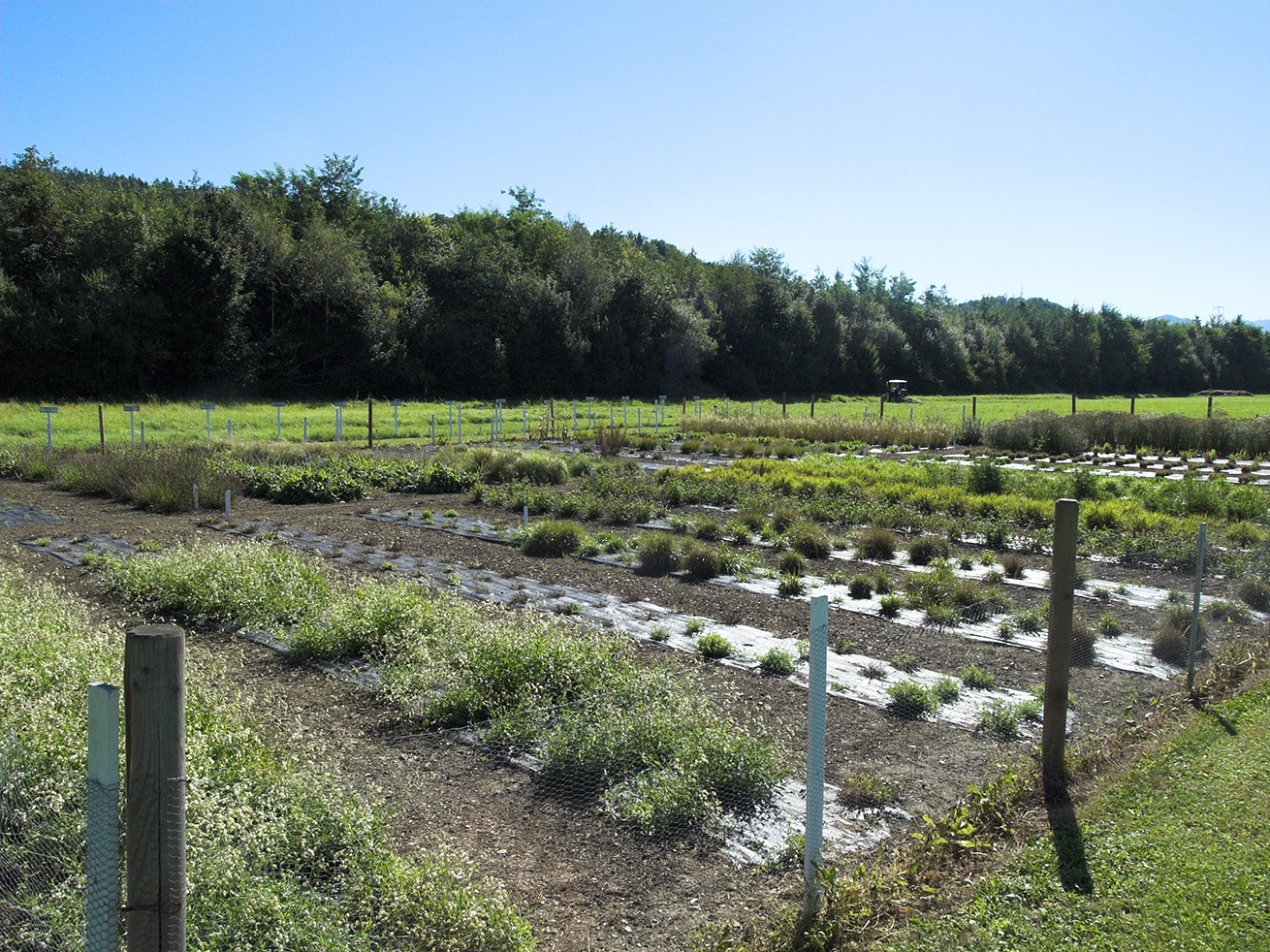On better sites, cultivation is often intensified, which means that biodiversity declines very quickly. In poorer locations, use is often abandoned, as this is usually associated with reforestation. This leads to a further decline in extensive grassland. The protection, preservation and sustainable use of these genetic resources of extensive grassland is therefore an essential task. Maintaining genetic diversity within species is an important contribution to maintaining the biodiversity of these plant communities. In view of Austria's very different climate zones and the variety of location and management factors, it is important to record, sift and secure the resulting genetic diversity. However, this goal will not be achievable through in situ conservation measures alone. There are now ways to not only protect such valuable habitats, but also to reintegrate them into our cultural landscape.






